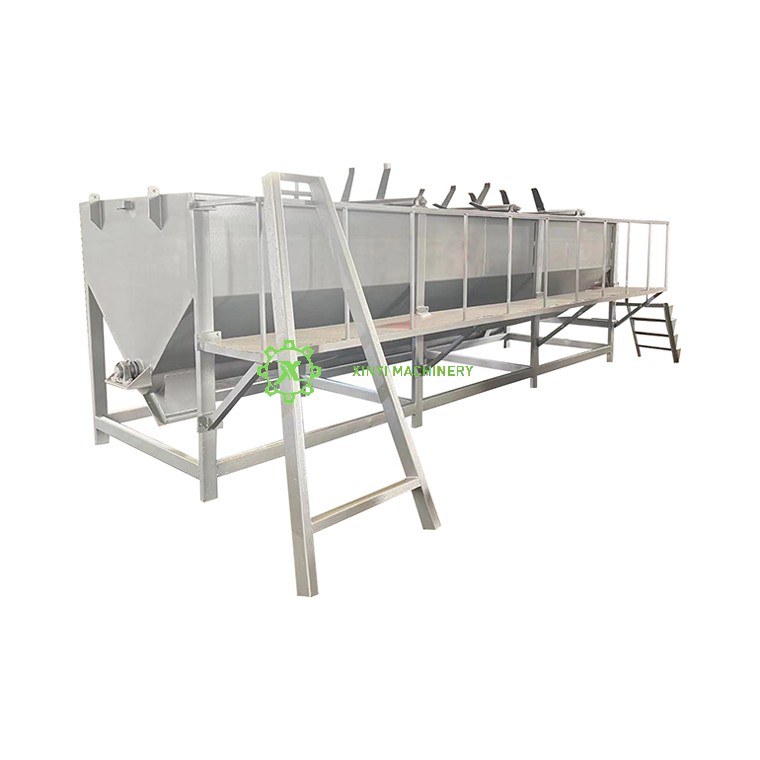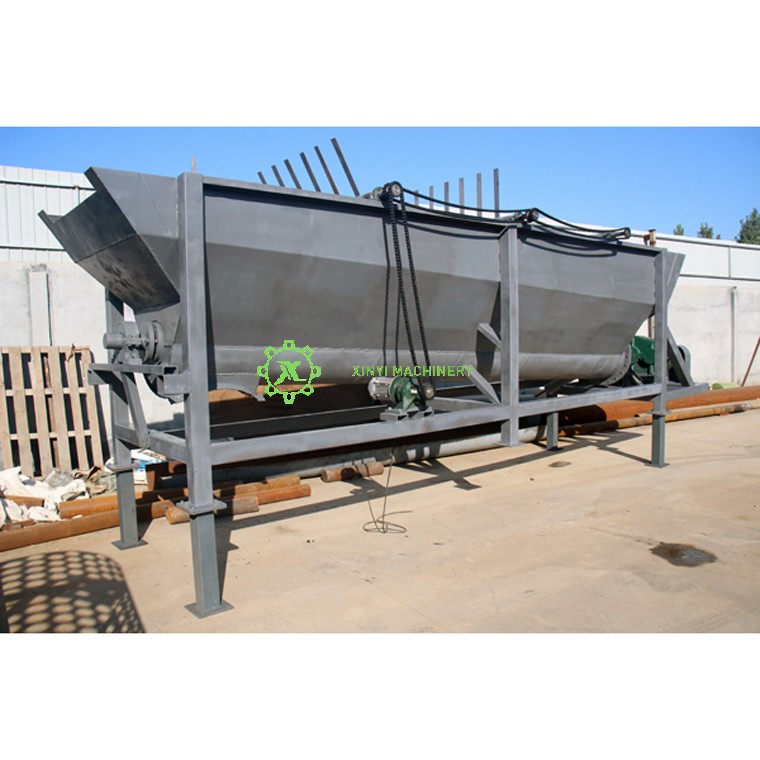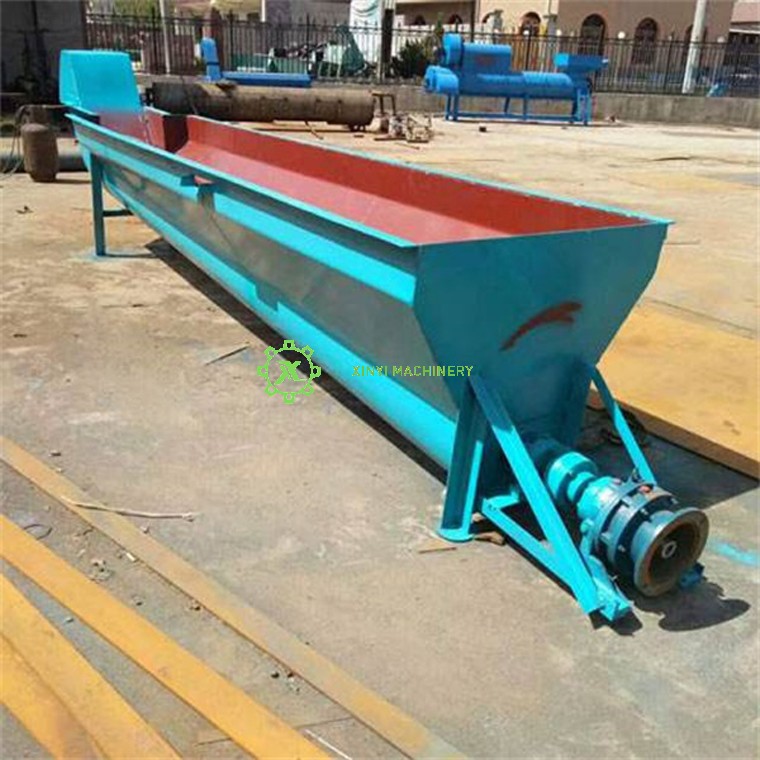

As a leading manufacturer of recycling equipment, XINYI MACHINERY understands that the washing tank is not just a component; it is the critical stage where purification happens, determining the final quality and value of the recycled material.
Here’s a detailed explanation of why the washing tank is so indispensable, perfectly aligning with the complete line of equipment XINYI provides.
The Core Function: Purification and Decontamination
After a plastic crusher or shredder breaks down post-consumer plastic into flakes, the material is far from pure. It is contaminated with:
· Organic Residues: Leftover food, juice, oil, and grease.
· Labels and Adhesives: Paper/plastic labels and the stubborn glue that binds them.
· Dirt and Debris: Sand, soil, and general grime.
· Other Residuals: Chemicals, dyes, and non-target materials.
The washing tank's primary role is to remove these contaminants through a combination of water, mechanical action, heat, and often specialized detergents or chemicals.
Key Reasons for Its Importance:
1. Achieves High-Quality, Marketable Recycled Pellet
The presence of contaminants severely degrades the quality of the final recycled pellet (or regrind). A washing tank ensures:
· Elimination of Odors: Removes organic matter that causes unpleasant smells.
· Improved Aesthetics: Removes labels, glues, and dirt that cause discoloration or specks.
· Enhanced Material Properties: Contaminants can weaken the polymer structure. Removing them results in stronger, more reliable recycled plastic.
For XINYI MACHINERY, this means their washing tanks are designed to produce flakes clean enough to feed directly into their own high-performance plastic pelletizing machines, ensuring a seamless, high-quality output.
2. Enables Food-Grade and High-Value Applications
This is perhaps the most crucial role. For plastic (especially PET and HDPE) to be recycled back into new food and beverage containers, it must meet extremely strict health and safety standards.
· Industrial washing lines, which include multiple wash tanks (e.g., pre-wash, hot wash, rinse), are certified to purify plastic to a food-grade standard. This process is essential for "closed-loop" recycling (e.g., bottle-to-bottle).
3. Protects Downstream Equipment
The recycling process doesn't stop at washing. Clean flakes move on to extrusion and pelletizing.
· Abrasive Materials: Sand and dirt can cause severe wear and tear on the screws and barrels of plastic pelletizing machines and extruders, leading to costly maintenance and downtime.
· Adhesives: Melted glue can char and burn, clogging filtration screens and creating defects in the plastic melt.
XINYI's washing tanks act as a vital protective barrier for their own and other downstream equipment in a complete recycling plant.
4. Facilitates Material Separation (Sink-Float Separation)
Many washing tanks are designed as float-sink tanks. This is a simple yet brilliant physical process:
· Different plastic types have different densities.
· In a tank of water, dense plastics like PET (sinks) and PVC (sinks) will separate from lighter plastics like HDPE (floats) and PP (floats).
· This allows for further purification of a mixed plastic stream after the initial crushing (from a plastic shredder or crusher), which is essential for producing a mono-material stream.
How It Integrates with XINYI MACHINERY's Product Line
XINYI MACHINERY manufactures the entire ecosystem of recycling machinery. The washing tank is the crucial link between the size reduction and the pelletizing stages:
1. Size Reduction: A plastic crusher or plastic shredder breaks down large items into small flakes.
2. Purification: The dirty flakes are conveyed to a washing tank (or a full plastic crushing and washing plant) where contaminants are removed.
3. Drying: The clean, wet flakes are dried using a centrifugal dryer (often integrated into the washing line).
4. Pelletizing: The perfectly clean and dry flakes are fed into a plastic pelletizing machine or agglomerator to be melted, filtered, and reformed into uniform pellets.
5. Support: To maintain peak efficiency, XINYI's automatic blade grinding machines ensure the crusher blades in the initial size reduction stage are always sharp, producing consistent flakes for the washers.
Conclusion:
While the crusher prepares the plastic physically, the washing tank prepares it qualitatively and chemically. It is the definitive step that transforms dirty, contaminated post-consumer waste into a clean, high-value raw material. For a comprehensive solution provider like XINYI MACHINERY, engineering efficient and effective washing systems is paramount to delivering a final recycled product that can compete with virgin plastic, thereby closing the loop and making plastic recycling a truly sustainable and economically viable industry.




